Renqian Luo
Trust Region Preference Approximation: A simple and stable reinforcement learning algorithm for LLM reasoning
Apr 06, 2025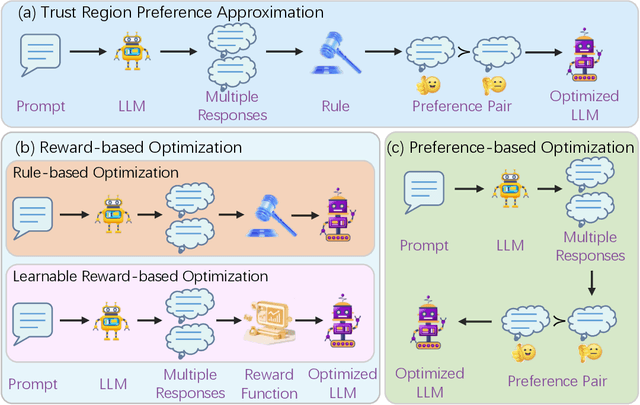
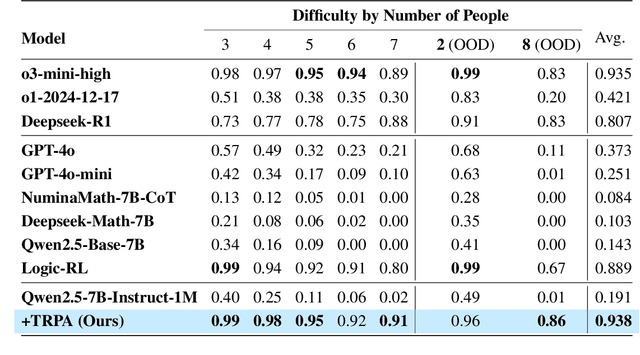
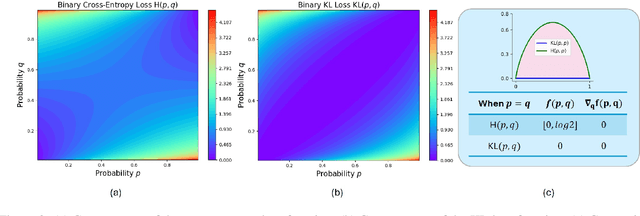
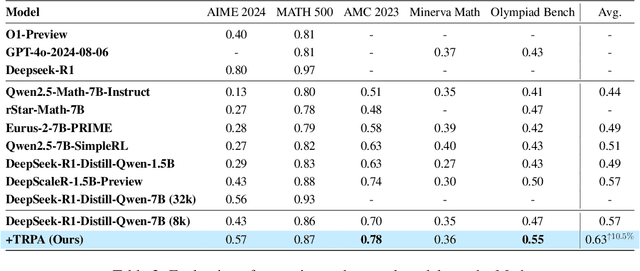
Abstract:Recently, Large Language Models (LLMs) have rapidly evolved, approaching Artificial General Intelligence (AGI) while benefiting from large-scale reinforcement learning to enhance Human Alignment (HA) and Reasoning. Recent reward-based optimization algorithms, such as Proximal Policy Optimization (PPO) and Group Relative Policy Optimization (GRPO) have achieved significant performance on reasoning tasks, whereas preference-based optimization algorithms such as Direct Preference Optimization (DPO) significantly improve the performance of LLMs on human alignment. However, despite the strong performance of reward-based optimization methods in alignment tasks , they remain vulnerable to reward hacking. Furthermore, preference-based algorithms (such as Online DPO) haven't yet matched the performance of reward-based optimization algorithms (like PPO) on reasoning tasks, making their exploration in this specific area still a worthwhile pursuit. Motivated by these challenges, we propose the Trust Region Preference Approximation (TRPA) algorithm, which integrates rule-based optimization with preference-based optimization for reasoning tasks. As a preference-based algorithm, TRPA naturally eliminates the reward hacking issue. TRPA constructs preference levels using predefined rules, forms corresponding preference pairs, and leverages a novel optimization algorithm for RL training with a theoretical monotonic improvement guarantee. Experimental results demonstrate that TRPA not only achieves competitive performance on reasoning tasks but also exhibits robust stability. The code of this paper are released and updating on https://github.com/XueruiSu/Trust-Region-Preference-Approximation.git.
UniGenX: Unified Generation of Sequence and Structure with Autoregressive Diffusion
Mar 09, 2025Abstract:Unified generation of sequence and structure for scientific data (e.g., materials, molecules, proteins) is a critical task. Existing approaches primarily rely on either autoregressive sequence models or diffusion models, each offering distinct advantages and facing notable limitations. Autoregressive models, such as GPT, Llama, and Phi-4, have demonstrated remarkable success in natural language generation and have been extended to multimodal tasks (e.g., image, video, and audio) using advanced encoders like VQ-VAE to represent complex modalities as discrete sequences. However, their direct application to scientific domains is challenging due to the high precision requirements and the diverse nature of scientific data. On the other hand, diffusion models excel at generating high-dimensional scientific data, such as protein, molecule, and material structures, with remarkable accuracy. Yet, their inability to effectively model sequences limits their potential as general-purpose multimodal foundation models. To address these challenges, we propose UniGenX, a unified framework that combines autoregressive next-token prediction with conditional diffusion models. This integration leverages the strengths of autoregressive models to ease the training of conditional diffusion models, while diffusion-based generative heads enhance the precision of autoregressive predictions. We validate the effectiveness of UniGenX on material and small molecule generation tasks, achieving a significant leap in state-of-the-art performance for material crystal structure prediction and establishing new state-of-the-art results for small molecule structure prediction, de novo design, and conditional generation. Notably, UniGenX demonstrates significant improvements, especially in handling long sequences for complex structures, showcasing its efficacy as a versatile tool for scientific data generation.
NatureLM: Deciphering the Language of Nature for Scientific Discovery
Feb 11, 2025



Abstract:Foundation models have revolutionized natural language processing and artificial intelligence, significantly enhancing how machines comprehend and generate human languages. Inspired by the success of these foundation models, researchers have developed foundation models for individual scientific domains, including small molecules, materials, proteins, DNA, and RNA. However, these models are typically trained in isolation, lacking the ability to integrate across different scientific domains. Recognizing that entities within these domains can all be represented as sequences, which together form the "language of nature", we introduce Nature Language Model (briefly, NatureLM), a sequence-based science foundation model designed for scientific discovery. Pre-trained with data from multiple scientific domains, NatureLM offers a unified, versatile model that enables various applications including: (i) generating and optimizing small molecules, proteins, RNA, and materials using text instructions; (ii) cross-domain generation/design, such as protein-to-molecule and protein-to-RNA generation; and (iii) achieving state-of-the-art performance in tasks like SMILES-to-IUPAC translation and retrosynthesis on USPTO-50k. NatureLM offers a promising generalist approach for various scientific tasks, including drug discovery (hit generation/optimization, ADMET optimization, synthesis), novel material design, and the development of therapeutic proteins or nucleotides. We have developed NatureLM models in different sizes (1 billion, 8 billion, and 46.7 billion parameters) and observed a clear improvement in performance as the model size increases.
Can Generalist Foundation Models Outcompete Special-Purpose Tuning? Case Study in Medicine
Nov 28, 2023
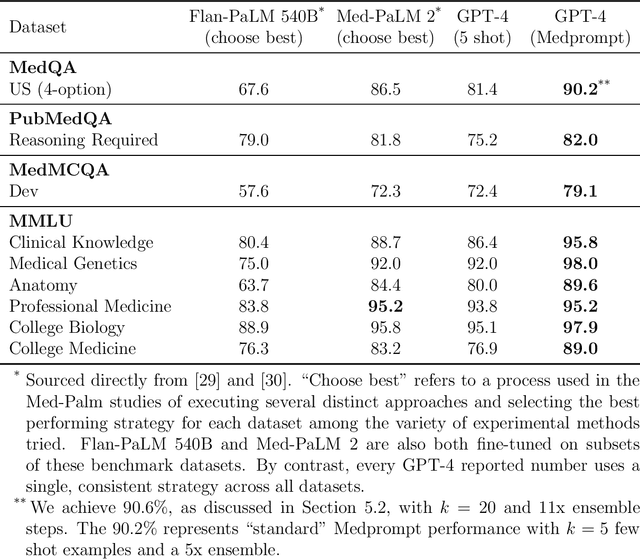


Abstract:Generalist foundation models such as GPT-4 have displayed surprising capabilities in a wide variety of domains and tasks. Yet, there is a prevalent assumption that they cannot match specialist capabilities of fine-tuned models. For example, most explorations to date on medical competency benchmarks have leveraged domain-specific training, as exemplified by efforts on BioGPT and Med-PaLM. We build on a prior study of GPT-4's capabilities on medical challenge benchmarks in the absence of special training. Rather than using simple prompting to highlight the model's out-of-the-box capabilities, we perform a systematic exploration of prompt engineering. We find that prompting innovation can unlock deeper specialist capabilities and show that GPT-4 easily tops prior leading results for medical benchmarks. The prompting methods we explore are general purpose, and make no specific use of domain expertise, removing the need for expert-curated content. Our experimental design carefully controls for overfitting during the prompt engineering process. We introduce Medprompt, based on a composition of several prompting strategies. With Medprompt, GPT-4 achieves state-of-the-art results on all nine of the benchmark datasets in the MultiMedQA suite. The method outperforms leading specialist models such as Med-PaLM 2 by a significant margin with an order of magnitude fewer calls to the model. Steering GPT-4 with Medprompt achieves a 27% reduction in error rate on the MedQA dataset over the best methods to date achieved with specialist models and surpasses a score of 90% for the first time. Beyond medical problems, we show the power of Medprompt to generalize to other domains and provide evidence for the broad applicability of the approach via studies of the strategy on exams in electrical engineering, machine learning, philosophy, accounting, law, nursing, and clinical psychology.
BioGPT: Generative Pre-trained Transformer for Biomedical Text Generation and Mining
Oct 19, 2022
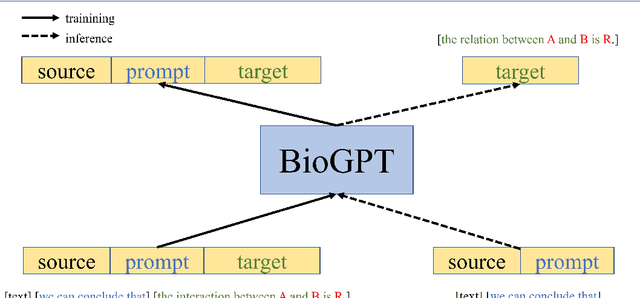
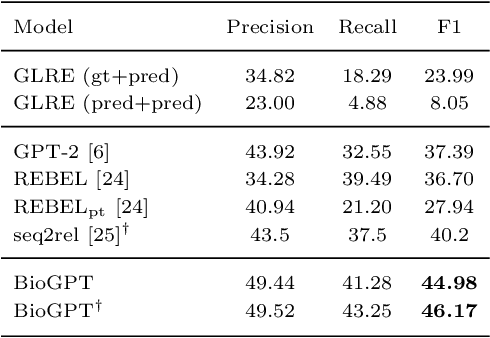

Abstract:Pre-trained language models have attracted increasing attention in the biomedical domain, inspired by their great success in the general natural language domain. Among the two main branches of pre-trained language models in the general language domain, i.e., BERT (and its variants) and GPT (and its variants), the first one has been extensively studied in the biomedical domain, such as BioBERT and PubMedBERT. While they have achieved great success on a variety of discriminative downstream biomedical tasks, the lack of generation ability constrains their application scope. In this paper, we propose BioGPT, a domain-specific generative Transformer language model pre-trained on large scale biomedical literature. We evaluate BioGPT on six biomedical NLP tasks and demonstrate that our model outperforms previous models on most tasks. Especially, we get 44.98%, 38.42% and 40.76% F1 score on BC5CDR, KD-DTI and DDI end-to-end relation extraction tasks respectively, and 78.2% accuracy on PubMedQA, creating a new record. Our case study on text generation further demonstrates the advantage of BioGPT on biomedical literature to generate fluent descriptions for biomedical terms. Code is available at https://github.com/microsoft/BioGPT.
* Published at Briefings in Bioinformatics. Code is available at https://github.com/microsoft/BioGPT
Analyzing and Mitigating Interference in Neural Architecture Search
Aug 29, 2021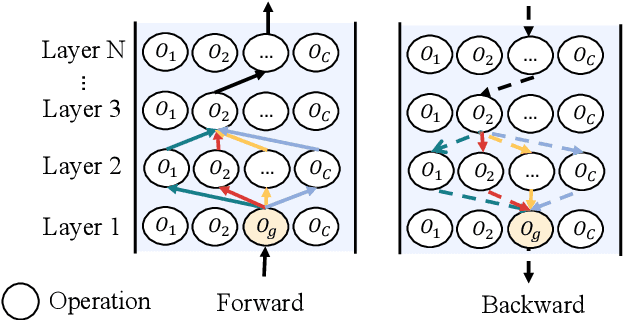

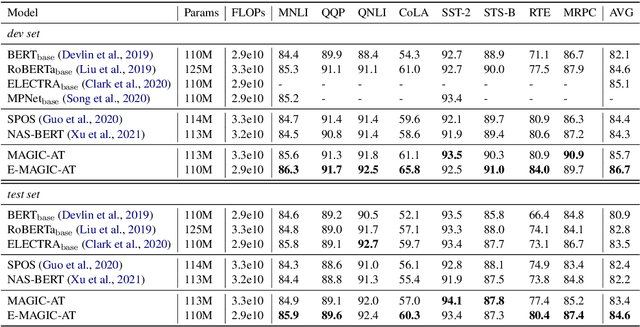
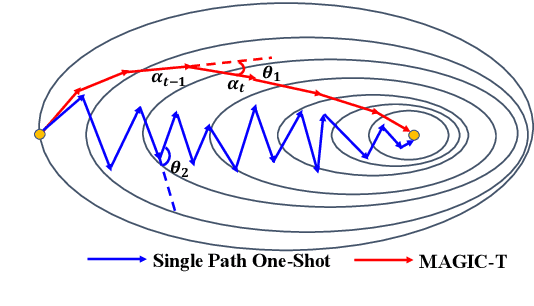
Abstract:Weight sharing has become the \textit{de facto} approach to reduce the training cost of neural architecture search (NAS) by reusing the weights of shared operators from previously trained child models. However, the estimated accuracy of those child models has a low rank correlation with the ground truth accuracy due to the interference among different child models caused by weight sharing. In this paper, we investigate the interference issue by sampling different child models and calculating the gradient similarity of shared operators, and observe that: 1) the interference on a shared operator between two child models is positively correlated to the number of different operators between them; 2) the interference is smaller when the inputs and outputs of the shared operator are more similar. Inspired by these two observations, we propose two approaches to mitigate the interference: 1) rather than randomly sampling child models for optimization, we propose a gradual modification scheme by modifying one operator between adjacent optimization steps to minimize the interference on the shared operators; 2) forcing the inputs and outputs of the operator across all child models to be similar to reduce the interference. Experiments on a BERT search space verify that mitigating interference via each of our proposed methods improves the rank correlation of super-pet and combining both methods can achieve better results. Our searched architecture outperforms RoBERTa$_{\rm base}$ by 1.1 and 0.6 scores and ELECTRA$_{\rm base}$ by 1.6 and 1.1 scores on the dev and test set of GLUE benchmark. Extensive results on the BERT compression task, SQuAD datasets and other search spaces also demonstrate the effectiveness and generality of our proposed methods.
A Survey on Low-Resource Neural Machine Translation
Jul 09, 2021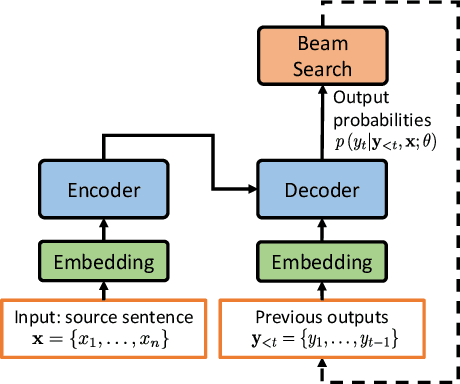
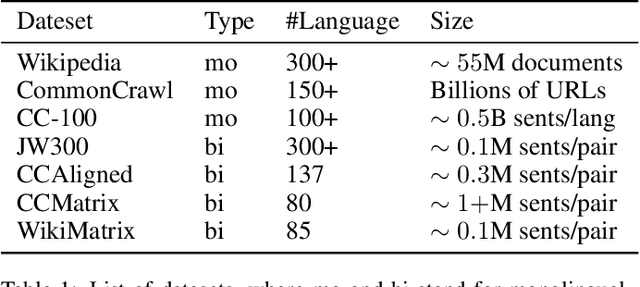
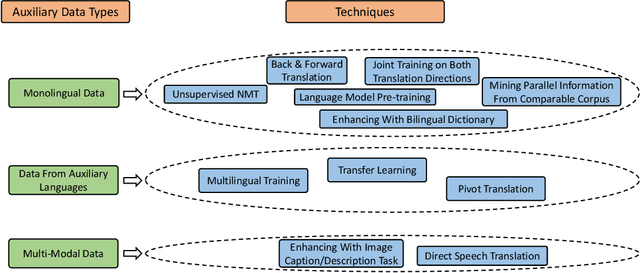
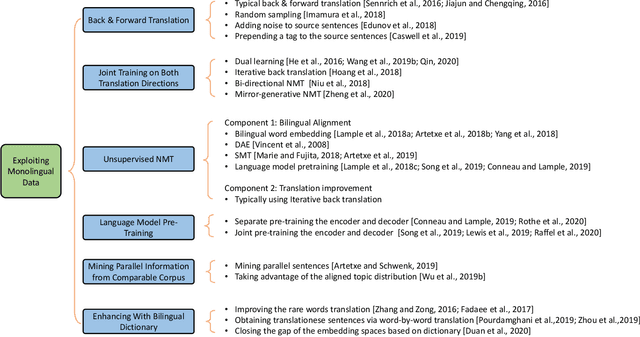
Abstract:Neural approaches have achieved state-of-the-art accuracy on machine translation but suffer from the high cost of collecting large scale parallel data. Thus, a lot of research has been conducted for neural machine translation (NMT) with very limited parallel data, i.e., the low-resource setting. In this paper, we provide a survey for low-resource NMT and classify related works into three categories according to the auxiliary data they used: (1) exploiting monolingual data of source and/or target languages, (2) exploiting data from auxiliary languages, and (3) exploiting multi-modal data. We hope that our survey can help researchers to better understand this field and inspire them to design better algorithms, and help industry practitioners to choose appropriate algorithms for their applications.
FastCorrect: Fast Error Correction with Edit Alignment for Automatic Speech Recognition
Jun 03, 2021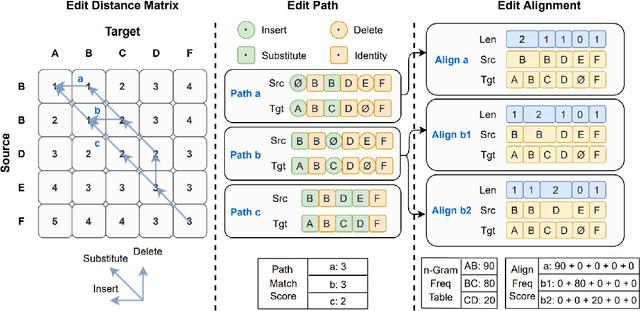
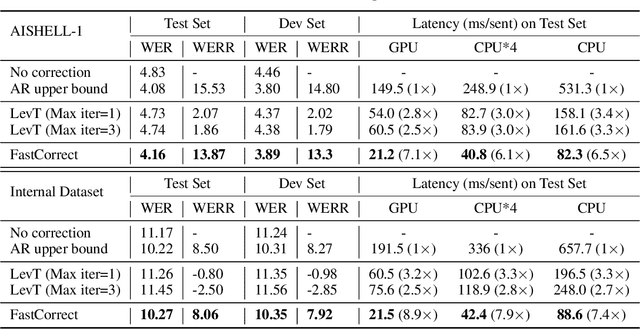
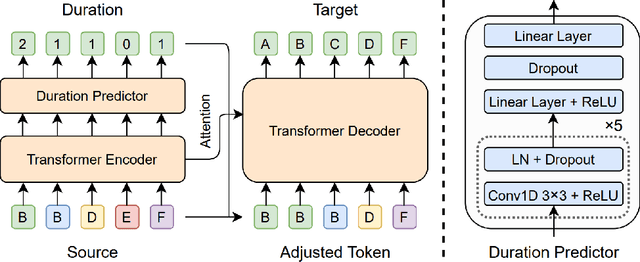
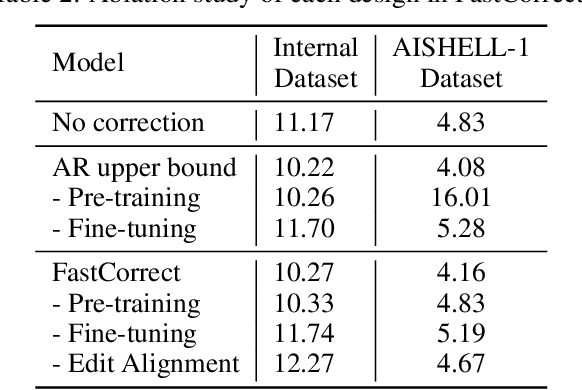
Abstract:Error correction techniques have been used to refine the output sentences from automatic speech recognition (ASR) models and achieve a lower word error rate (WER) than original ASR outputs. Previous works usually use a sequence-to-sequence model to correct an ASR output sentence autoregressively, which causes large latency and cannot be deployed in online ASR services. A straightforward solution to reduce latency, inspired by non-autoregressive (NAR) neural machine translation, is to use an NAR sequence generation model for ASR error correction, which, however, comes at the cost of significantly increased ASR error rate. In this paper, observing distinctive error patterns and correction operations (i.e., insertion, deletion, and substitution) in ASR, we propose FastCorrect, a novel NAR error correction model based on edit alignment. In training, FastCorrect aligns each source token from an ASR output sentence to the target tokens from the corresponding ground-truth sentence based on the edit distance between the source and target sentences, and extracts the number of target tokens corresponding to each source token during edition/correction, which is then used to train a length predictor and to adjust the source tokens to match the length of the target sentence for parallel generation. In inference, the token number predicted by the length predictor is used to adjust the source tokens for target sequence generation. Experiments on the public AISHELL-1 dataset and an internal industrial-scale ASR dataset show the effectiveness of FastCorrect for ASR error correction: 1) it speeds up the inference by 6-9 times and maintains the accuracy (8-14% WER reduction) compared with the autoregressive correction model; and 2) it outperforms the popular NAR models adopted in neural machine translation and text edition by a large margin.
NAS-BERT: Task-Agnostic and Adaptive-Size BERT Compression with Neural Architecture Search
May 30, 2021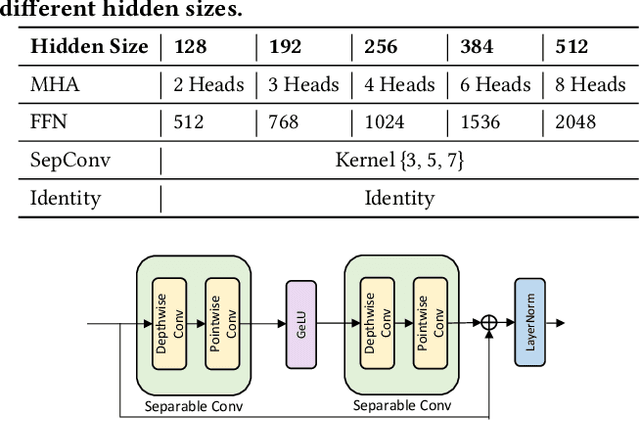
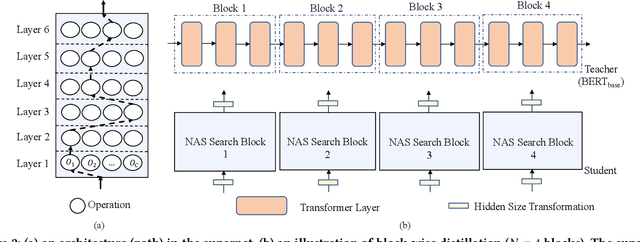
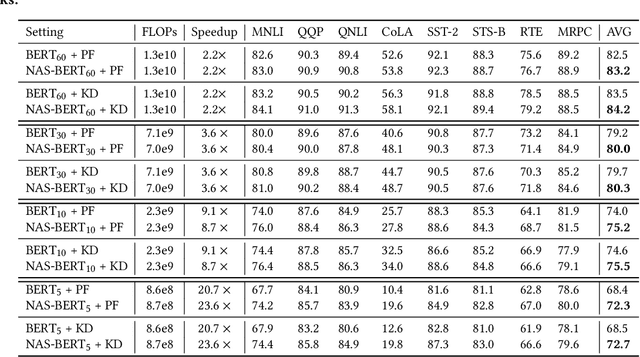
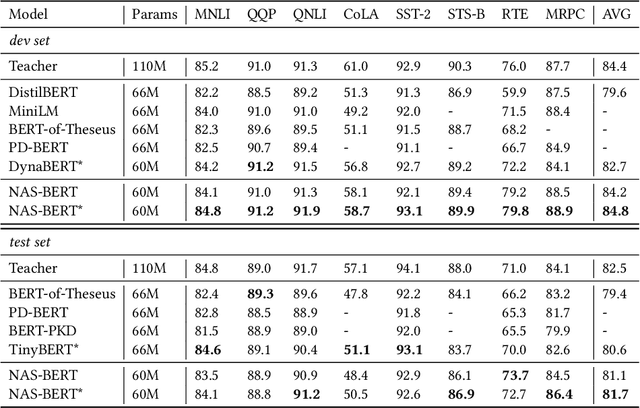
Abstract:While pre-trained language models (e.g., BERT) have achieved impressive results on different natural language processing tasks, they have large numbers of parameters and suffer from big computational and memory costs, which make them difficult for real-world deployment. Therefore, model compression is necessary to reduce the computation and memory cost of pre-trained models. In this work, we aim to compress BERT and address the following two challenging practical issues: (1) The compression algorithm should be able to output multiple compressed models with different sizes and latencies, in order to support devices with different memory and latency limitations; (2) The algorithm should be downstream task agnostic, so that the compressed models are generally applicable for different downstream tasks. We leverage techniques in neural architecture search (NAS) and propose NAS-BERT, an efficient method for BERT compression. NAS-BERT trains a big supernet on a search space containing a variety of architectures and outputs multiple compressed models with adaptive sizes and latency. Furthermore, the training of NAS-BERT is conducted on standard self-supervised pre-training tasks (e.g., masked language model) and does not depend on specific downstream tasks. Thus, the compressed models can be used across various downstream tasks. The technical challenge of NAS-BERT is that training a big supernet on the pre-training task is extremely costly. We employ several techniques including block-wise search, search space pruning, and performance approximation to improve search efficiency and accuracy. Extensive experiments on GLUE and SQuAD benchmark datasets demonstrate that NAS-BERT can find lightweight models with better accuracy than previous approaches, and can be directly applied to different downstream tasks with adaptive model sizes for different requirements of memory or latency.
WHOSe Heritage: Classification of UNESCO World Heritage "Outstanding Universal Value" Documents with Smoothed Labels
Apr 12, 2021
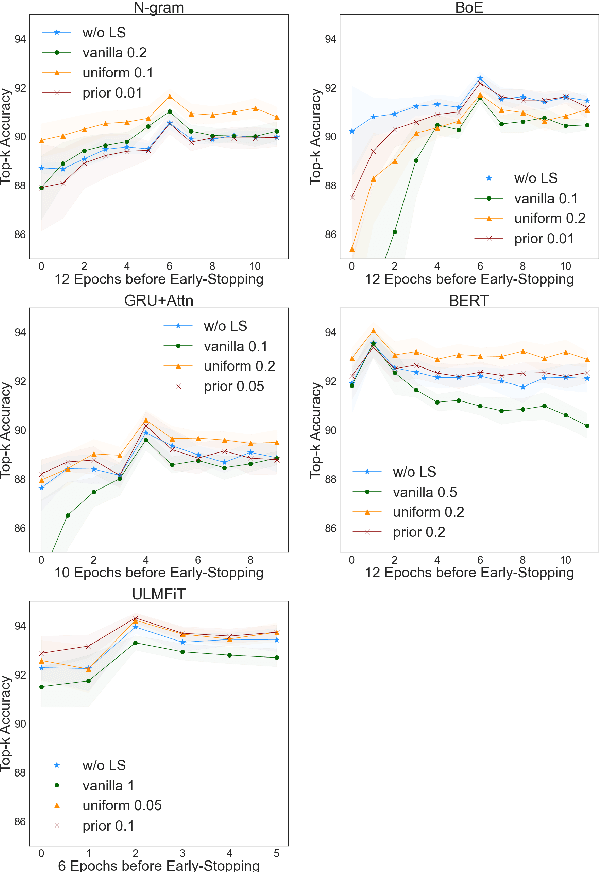
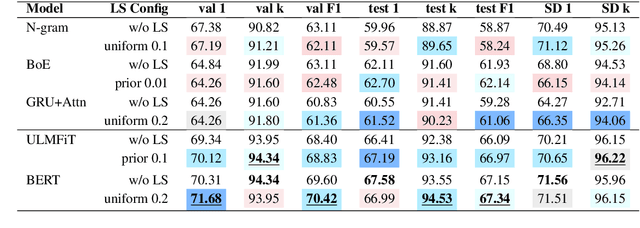
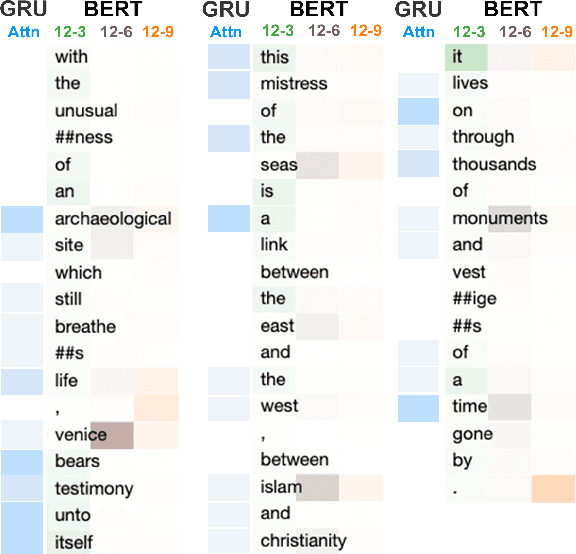
Abstract:The UNESCO World Heritage List (WHL) is to identify the exceptionally valuable cultural and natural heritage to be preserved for mankind as a whole. Evaluating and justifying the Outstanding Universal Value (OUV) of each nomination in WHL is essentially important for a property to be inscribed, and yet a complex task even for experts since the criteria are not mutually exclusive. Furthermore, manual annotation of heritage values, which is currently dominant in the field, is knowledge-demanding and time-consuming, impeding systematic analysis of such authoritative documents in terms of their implications on heritage management. This study applies state-of-the-art NLP models to build a classifier on a new real-world dataset containing official OUV justification statements, seeking an explainable, scalable, and less biased automation tool to facilitate the nomination, evaluation, and monitoring processes of World Heritage properties. Label smoothing is innovatively adapted to transform the task smoothly between multi-class and multi-label classification by adding prior inter-class relationship knowledge into the labels, improving the performance of most baselines. The study shows that the best models fine-tuned from BERT and ULMFiT can reach 94.3% top-3 accuracy, which is promising to be further developed and applied in heritage research and practice.
 Add to Chrome
Add to Chrome Add to Firefox
Add to Firefox Add to Edge
Add to Edge